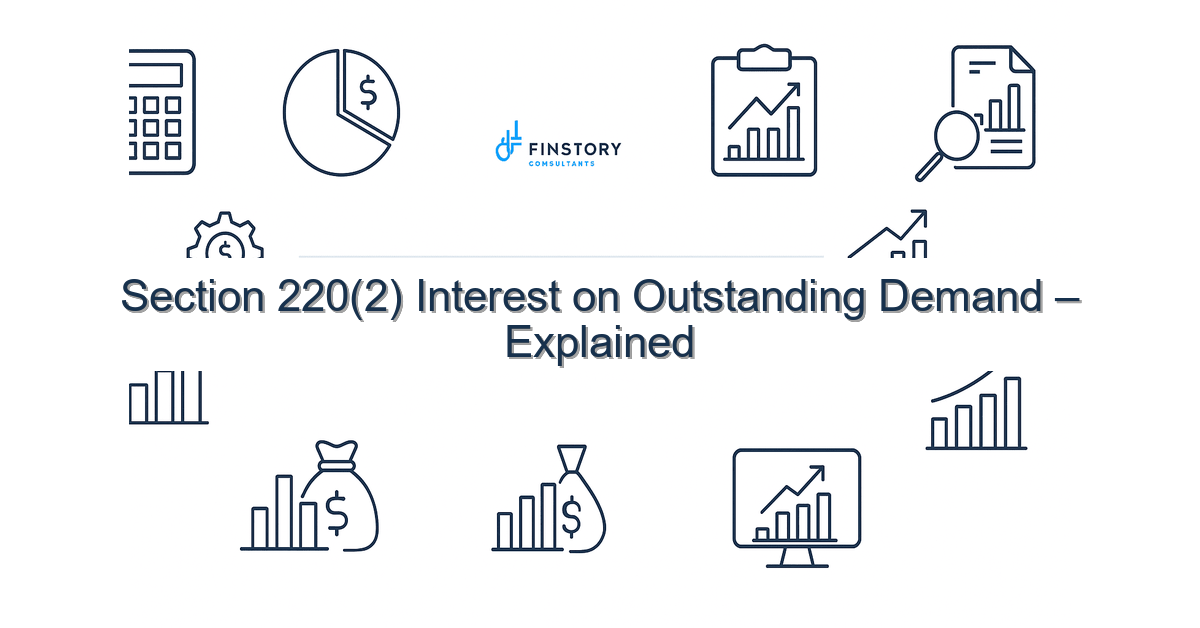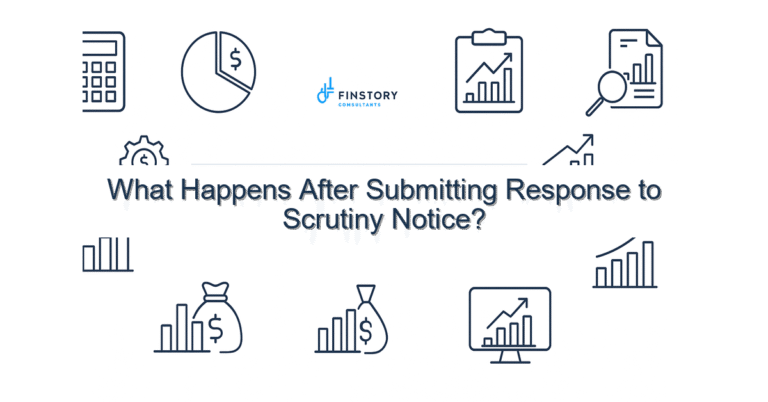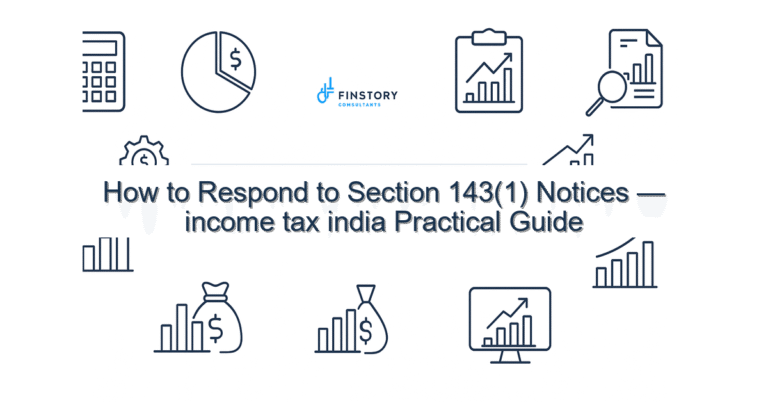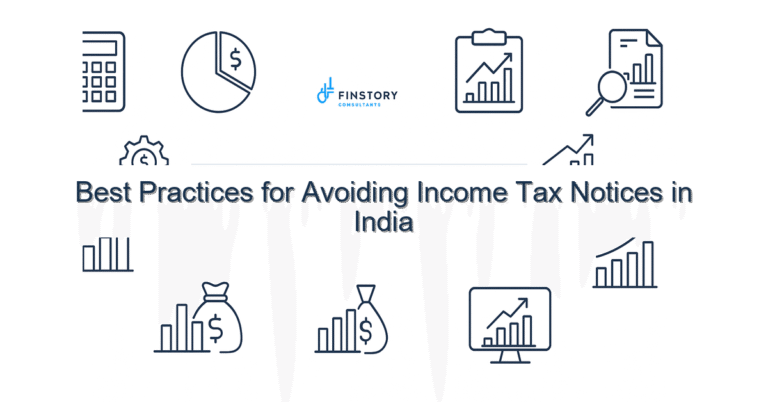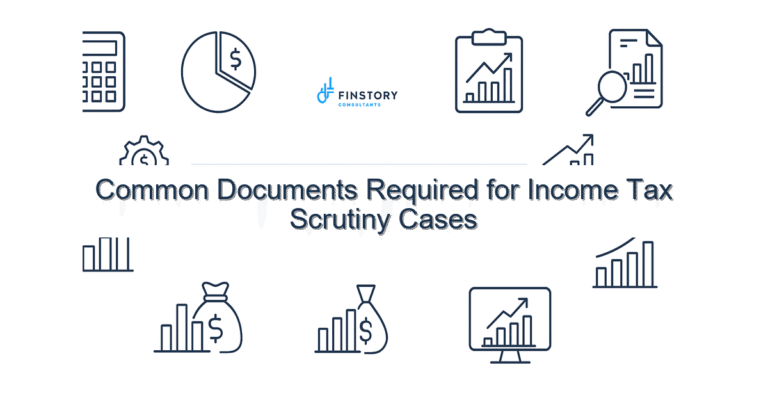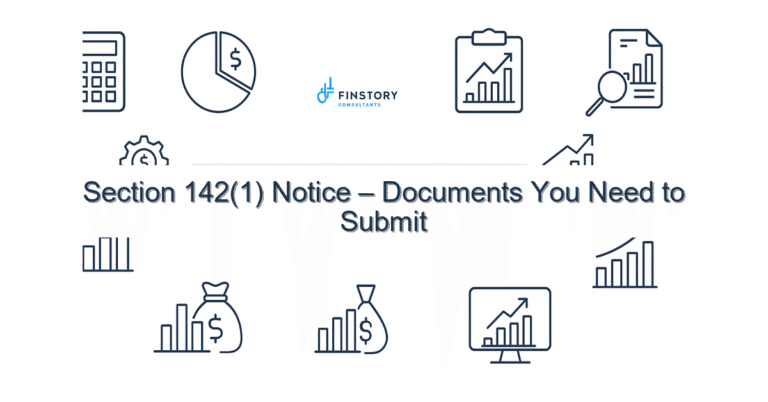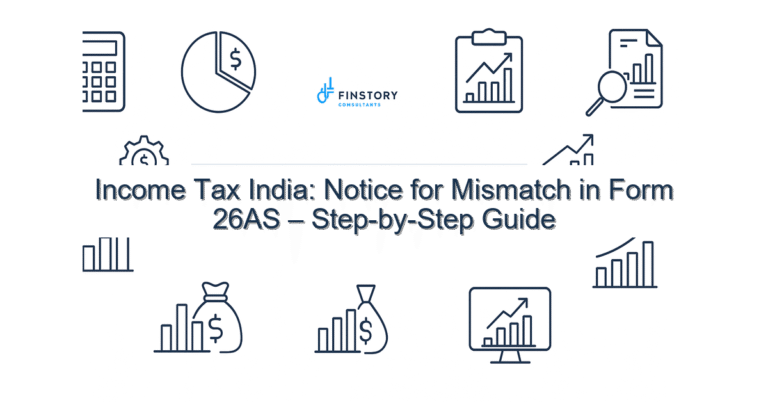Section 220(2) Interest on Outstanding Demand – Explained
Getting a tax demand notice is stressful — especially when interest keeps adding up. You’re not alone: salaried employees, professionals, founders and MSMEs all worry about surprise interest charges under assessments.
Summary: Section 220(2) of the Income-tax Act levies interest on outstanding tax demands from the date of notice until payment; it’s calculated daily and can quickly inflate your liability. Know how it’s computed, common mistakes that make interest climb, and a 3-step approach to limit interest and resolve demands efficiently.
What’s the real problem in India?
Many taxpayers in India struggle with notices and expanding interest because of unfamiliarity with AY/PY conventions, CBDT timelines, and the interaction between assessments and recovery procedures. The e-filing portal and AIS/26AS provide details, but interpreting them—especially when TDS/TCS entries and refunds are involved—can be confusing.
- Symptom: You receive a demand notice but don’t know whether it accounts for TDS/TCS or your paid instalments.
- Symptom: Interest keeps accruing after you file an appeal or submit proofs.
- Symptom: Confusion over ITR filing last date, assessment year timelines and whether to pay to stop interest.
What people get wrong
Here are the common misconceptions that increase your interest burden:
- Believing interest stops once you file your rectification/appeal. Under Section 220(2), interest on outstanding demand is computed until actual payment unless a stay is granted by a competent authority.
- Assuming TDS/TCS or advance tax credits are automatically reflected—sometimes AIS/26AS delays or mismatches happen, and you need to reconcile.
- Thinking interest is a flat 1% per month; the law prescribes 1% per month or part of a month on the unpaid tax from the date of demand.
- Not using partial payment strategically. Partial payment can reduce interest immediately, but you must plan which year’s demand you’re addressing.
A better approach
Use a clear, disciplined process to reduce interest build-up and speed resolution.
- Verify demand accuracy: Reconcile the demand with your ITR, AIS/26AS entries, TDS/TCS certificates and any refund offsets.
- Compute interest yourself: Calculate interest under Section 220(2) from the demand date to today. That helps you see how much accrues daily.
- Decide payment vs. contest: If interest per month is high, consider paying part or full demand and then claim refund pending appeal. If the demand is clearly incorrect, file an appeal or stay application but be mindful interest may continue.
- Seek an interim stay when necessary: A stay order from AO, CIT(A) or Tribunal can halt recovery; get it fast and follow the exact procedure for submitting security or bonds if required.
- Document everything: Keep copies of notices, bank challans, proof of payments, and electronic acknowledgements from the e-filing portal.
Real-world example: A Bengaluru startup founder received a demand of Rs 4,20,000 after an audit. After reconciling TDS/TCS and paying Rs 2,00,000 as partial payment, the founder reduced monthly interest by nearly Rs 2,000 and bought time to appeal on the remaining demand — saving about Rs 12,000 over six months.
Quick implementation checklist
- Open the demand notice and note the demand date and amount.
- Download AIS/26AS and reconcile TDS/TCS credits for the assessment year in question.
- Compare demand with your filed ITR and bank records (refunds, advance tax payments, challans).
- Calculate interest from demand date using 1% per month or part month rule under Section 220(2).
- If demand is wrong, prepare grounds of appeal and submit within prescribed time; consider filing a stay application.
- If demand is partly correct, make a partial payment to reduce interest; use ITNS 280 challan for income tax payments.
- Upload proof of payment and communication on the e-filing portal and retain UTR/acknowledgement.
- Track updates on the e-filing portal and AIS/26AS weekly; keep TDS/TCS certificates handy.
- If you need help, consult a tax advisor to craft an appeal, prepare stay application, or compute optimal partial payment.
What success looks like
Measure progress with these outcomes:
- Reduced total interest paid (e.g., cut monthly interest by 30–60% via partial payments).
- Lower number of recovery notices — demonstrate faster dispute resolution and fewer escalations.
- Faster ITR processing and fewer mismatches on AIS/26AS after reconciliation.
- Higher refund rates when demands are overturned — more tax recovered post-appeal.
- Clear records that stand up to scrutiny for future assessments and audits.
Risks & how to manage them
Risk: Interest keeps growing during appeals. Mitigation: Consider partial payment or obtain a stay. Risk: Misapplied TDS/TCS. Mitigation: Reconcile AIS/26AS and approach deductors or CPC to correct entries. Risk: Wrongly paid tax for a disputed year. Mitigation: File for refund promptly, maintain proof, and follow up with CPC/Assessing Officer.
Tools & data
Use these India-specific tools for accuracy and record-keeping:
- AIS/26AS — reconcile TDS/TCS, refunds, and demand history.
- Income Tax e-filing portal — view notices, file appeals, and upload proofs.
- TDS/TCS tracking tools and bookkeeping software to match challans and receipts.
- ITNS 280 challan for paying outstanding tax; keep UTR for records.
- Reference materials: ITR filing last date notes, Section 80C limit guidance, new vs old regime slabs, and capital gains indexation rules—these often affect net tax and demand calculations.
FAQs
Q1: When does interest under Section 220(2) start?
A: Interest runs from the date the demand becomes payable (usually the date of the notice) until full payment. It’s charged at 1% per month or part thereof.
Q2: If I file an appeal, does interest stop?
A: Not automatically. Filing an appeal doesn’t suspend interest or recovery unless you obtain a stay from the AO, CIT(A) or the Tribunal. Partial payments can reduce interest in the meantime.
Q3: How do I know if TDS/TCS was accounted for in the demand?
A: Reconcile the demand with AIS/26AS and your TDS/TCS certificates. If there’s a mismatch, approach the deductor or raise a rectification request through the e-filing portal.
Q4: Can I pay tax now and claim refund later if demand is reduced?
A: Yes. Many taxpayers pay to stop interest and later claim refund after successful appeal. This is a common strategy but requires careful documentation and follow-up.
Next steps
If you’ve received a notice, don’t delay. A quick reconciliation and partial payment can materially reduce interest under Section 220(2). Our team at Finstory helps salaried taxpayers, professionals, founders and MSMEs reconcile AIS/26AS entries, compute interest, and prepare appeals or stay applications.
Need step-by-step help? Check our resources: [link:ITR guide] and [link:tax-saving tips]. For personalised support—whether you’re worried about the ITR filing last date, TDS/TCS mismatches, or planning tax under new vs old regime slabs—reach out.
Work with Finstory. Speak with an Expert for a personalised plan to reduce your tax outgo and stay compliant. Book a free 20-min consultation.
📞 Need help with Income Tax in India?
Book a 20-min consultation with our tax team. Individuals, founders & MSMEs welcome.
Prefer email or phone? Write to info@finstory.net
or call +91 44-45811170.
